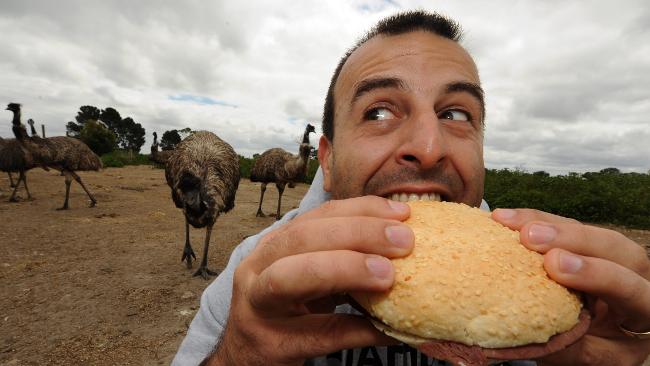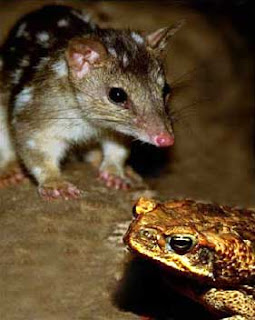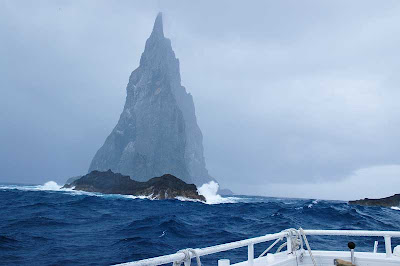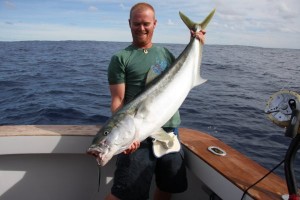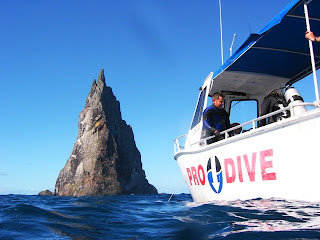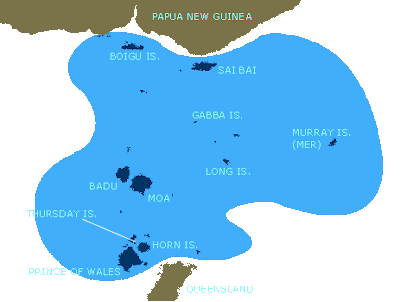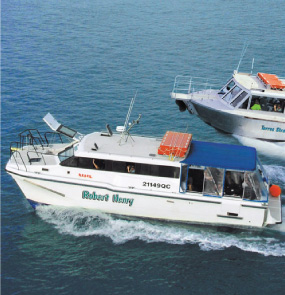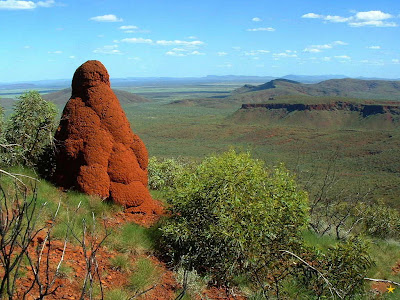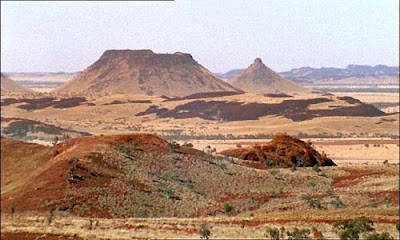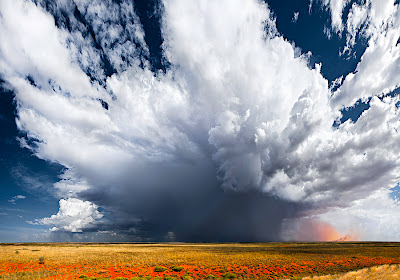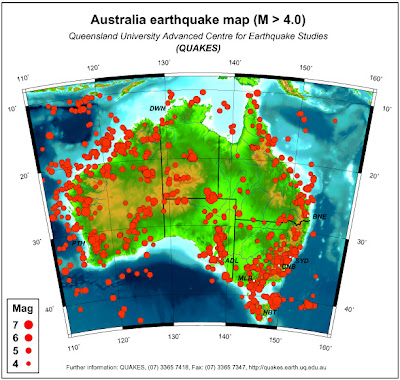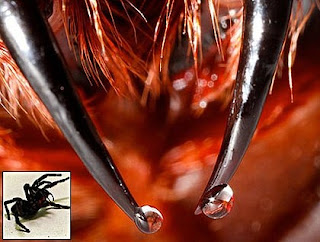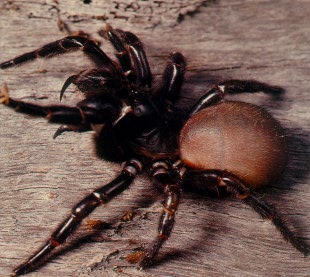British explorer Captain Cook collected quolls along the east coast of Australia in 1770, and recorded "quoll" as their local Aboriginal name. Quolls were often seen in later years by early settlers, who called them "native cat", "native polecat" and "spotted marten", names based on familiar European animals.
Quolls or native cats (genus Dasyurus) are carnivorous marsupials, native to Australia and Papua New Guinea. Adults are between 25 and 75 centimetres (30 in) long, with hairy tails about 20 to 35 centimetres (14 in) long. Females have six to eight nipples and develop a pouch—which opens towards the tail—only during the breeding season, when they are rearing young. Quolls live both in forests and in open valley land. Though primarily ground-dwelling, they have developed secondary arboreal characteristics. They do not have prehensile tails, but do have ridges on the pads of their feet,to walk the rough ground. Their molars and canines are strongly developed.
Cane toads have driven the northern quoll to extinction in many parts of northern Australia and they are threatening to invade Western Australia's Kimberley regions, one of the quoll's last strongholds.
But a University of Sydney project revealed in 2010 is teaching them to avoid eating the invasive amphibians.
Before releasing the quolls into the wild, Professor Rick Shine, Stephanie O'Donnell and Dr Jonathan Webb fed each marsupial a small dead cane toad.
The toads were not large enough to kill the quolls, but they were laced with a chemical that made the quolls feel nauseous.
Dr Webb said the quolls quickly learned to avoid eating toads.
The tribe Dasyurini to which quolls belong also includes the Tasmanian devil, antechinuses, the Kowari, and mulgaras, which makes him a relative of Taz the Tasmanian Devil.
